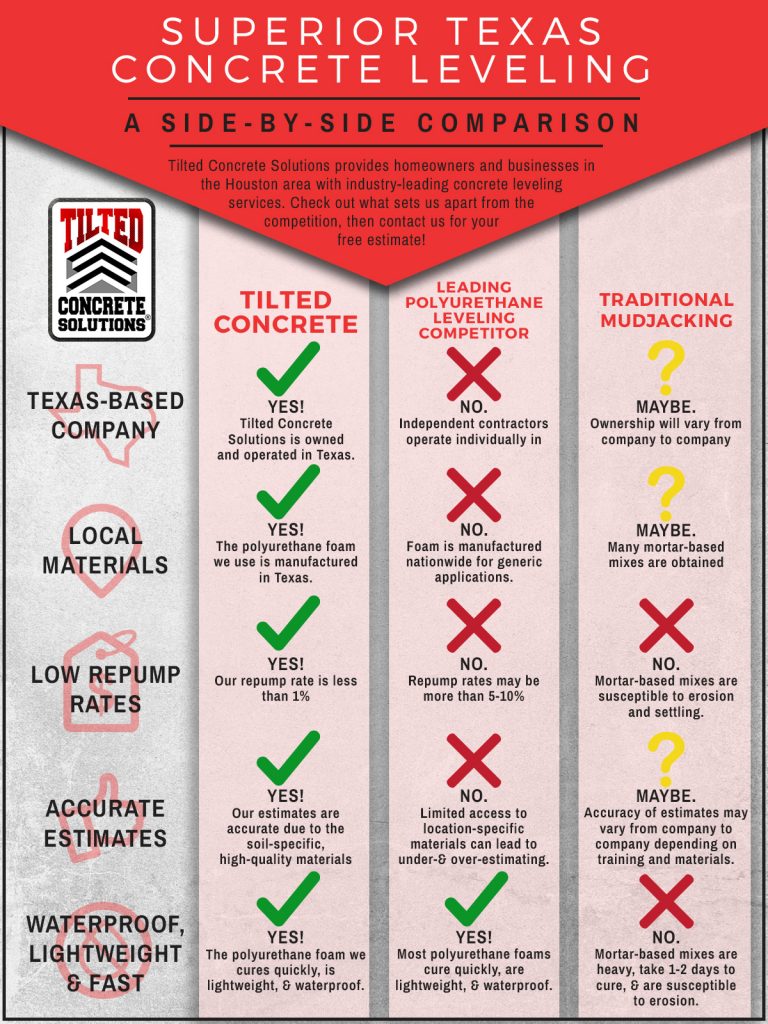Discover The Impact Of Climate Condition On Your Outside Paint Job For A Flawless Finish
Discover The Impact Of Climate Condition On Your Outside Paint Job For A Flawless Finish
Blog Article
Staff Author-Hermann Sloth
Comprehending exactly how weather can influence the result of an external paint venture is paramount for attaining a remarkable surface. From temperature level fluctuations altering paint adhesion to humidity levels impacting drying times, each component of weather plays a substantial duty in the success of your project. Additionally, wind speed and precipitation can introduce unforeseen difficulties that may endanger the top quality of the outcome. As we browse with the subtleties of weather's influence on outside paint, it ends up being obvious that thorough planning and tactical timing are essential for ensuring an expert and long lasting end result.
Perfect Temperature Level Array for Painting
When thinking about outside painting projects, the excellent temperature array plays a critical role in accomplishing optimal outcomes. Painting in the appropriate temperature level problems guarantees that the paint adheres correctly to the surface area, dries evenly, and remedies successfully. Usually, the advised temperature variety for external paint is between 50 to 85 levels Fahrenheit.
Paint in temperature levels below 50 levels Fahrenheit can cause concerns such as bad paint bond, prolonged drying times, and an enhanced probability of splitting or peeling off.
On the other hand, paint in temperature levels over 85 levels Fahrenheit can trigger the paint to completely dry also promptly, leading to blistering, bubbling, and an uneven coating.
To attain Recommended Looking at , it is important to inspect the weather forecast prior to beginning an outside painting job. Ideally, goal to paint during mild weather conditions with modest temperature levels and low moisture levels.
Impacts of Humidity on Paint Drying
Humidity degrees dramatically impact the drying process of paint put on exterior surface areas. High moisture can extend the drying out time of paint, bring about prospective concerns such as trickling, spotting, and even the development of bubbles on the painted surface. Excess moisture in the air slows down the dissipation of water from the paint, preventing the treating process. This is especially problematic for water-based paints, as they rely upon evaporation for drying out.
On the other hand, reduced humidity levels can also influence paint drying. Incredibly completely dry conditions may create the paint to dry also quickly, causing poor attachment and a rough finish. In such instances, adding a paint conditioner or spraying a fine haze of water in the air can help manage moisture levels and boost the paint outcome.
To ensure optimal drying conditions, it is recommended to paint when the moisture degrees range in between 40% and 50%.
Monitoring moisture degrees and taking appropriate measures can aid accomplish a smooth and sturdy paint finish on exterior surfaces.
Wind and Precipitation Factors To Consider
Wind rate and rainfall are essential variables that significantly affect the success of an external painting job.
When it involves wind, both speed and direction are vital considerations. High wind rates can trigger paint to completely dry as well quickly, causing a poor finish with prospective issues like splitting or irregular appearance. Furthermore, click this over here now can bring debris that might abide by the damp paint, leading to imperfections. For that reason, painters must intend to service days with light to moderate winds for ideal paint conditions.
On the other hand, rainfall, whether rainfall or snow, can be very destructive to the result of an outside paint task. Wetness from rainfall can impede paint bond, creating peeling and bubbling over time. It is crucial to prevent paint throughout rainy or snowy weather to guarantee the long life and high quality of the paint work. Painters must also enable enough time for the surface to dry extensively after any kind of rainfall before commencing or returning to the painting process.
Verdict
Finally, climate condition play a substantial function in the result of an outside paint job. The suitable temperature level variety, moisture levels, wind speed, and rainfall all add to the success or failing of the paint work.
It is necessary to consider these elements and plan accordingly to make certain correct paint bond, drying times, and general top quality of the ended up item.
